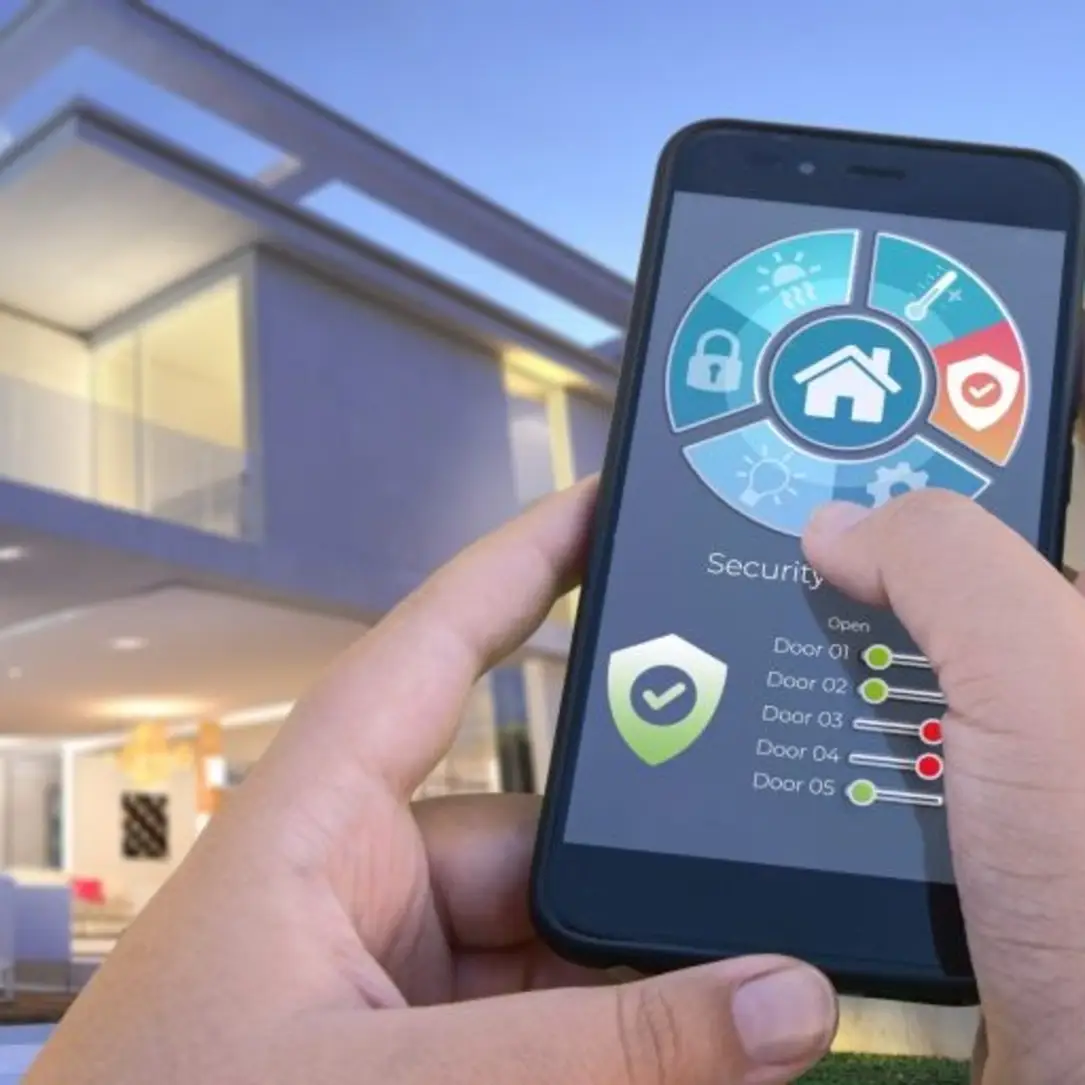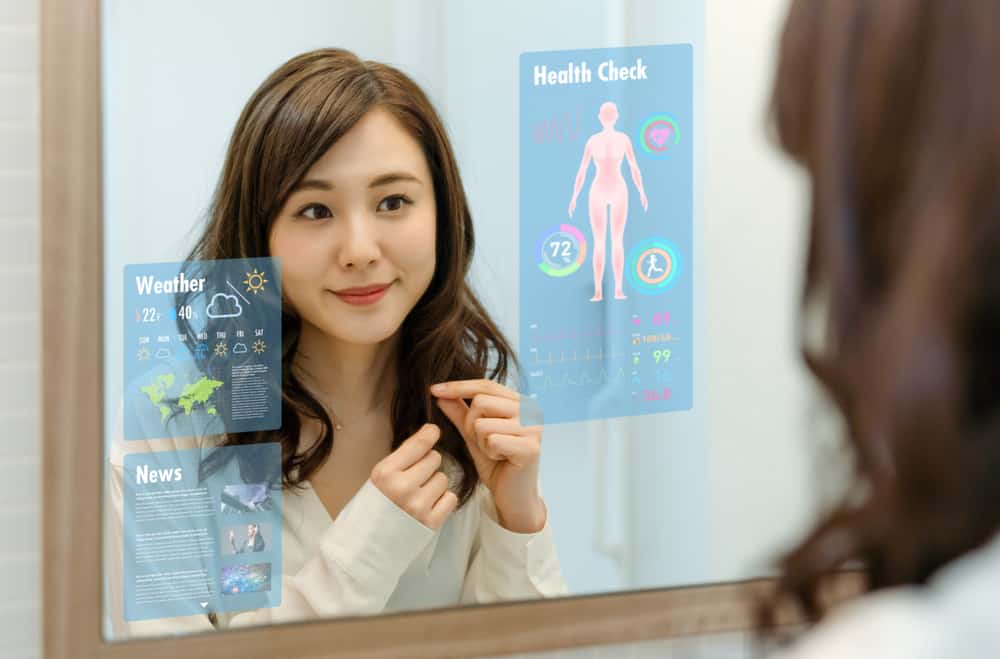The Future of Residential Bathrooms: Wellness and Medical Detection
Tue Apr 16, 2024 by OPLawSocialMedia on News

How will innovation and technology transform our homes in the future? According to an article in the Wall Street Journal, tech-driven bathrooms in many high-end U.S. homes will be the trend. Post-pandemic wellness concerns both for detection and for monitoring of our health seem to drive this trend. Smart bathroom technology is already in use in hospitals and hotels. For instance, toilets with features such as urinalysis, vitamin level detection, glucose levels, and self-cleaning applications are being developed. Such toilets may even be able to detect a variety of infections and kidney diseases.
Is the function of a home evolving?
Advanced technology in the home demonstrates that our concept of a home is expanding not just as our living space but also as a means of healthcare. Once the technology becomes adopted in home use, such technology has powerful implications. For one, people may be able to stay in their homes longer and age in place. This, in turn, may affect the need for senior living residences.
Another implication of having more advanced technology at home, medical issues can be detected, thereby relieving the current burden on our current healthcare system. Eventually, the need to have commercial spaces for the health care industry may decline, especially if advanced technology within the home can interface with healthcare professionals. While still rare in the U.S.., smart mirrors are already being developed which not only can connect with health care professionals when the device flags a health concern but also built-in artificial intelligence within the mirror can assist in making personalized skin care recommendations, mediation pointers, and facial exercises. Other smart mirrors have cameras equipped to detect facial blood flow to reveal one’s blood pressure, and predict risk of heart attack, stroke, and hypertension.
Other smart bathroom accessories include a smart bathmat which can not only measure one’s body composition and weight but also detect posture and risk of neurodegenerative disease by evaluating how the user stands and walks. These mats are expected to hit the U.S. market by 2025.
In the future, you also are able to obtain feedback when you wash your hands and brush your teeth. Tech companies are looking to being able to analyze saliva to show presence of strep or COVID-19 germs while going down the sink. Public health experts are already analyzing wastewater to track Covid outbreaks and other diseases. Using a similar technology, sinks would be able to detect viruses and bacteria.
What does this all mean?
While it may take some time before home technology, which may detect and protect our wellbeing, is fully developed and available to everyone, our concept of a “traditional” home is evolving. With increased smart technology, privacy concerns within our home will also evolve. As our homes take on more ancillary purposes, surrounding real estate will further be affected as less physical structures are needed to perform the very tasks that our future homes will be able to do.
From the trenches,
Roy Oppenheim

